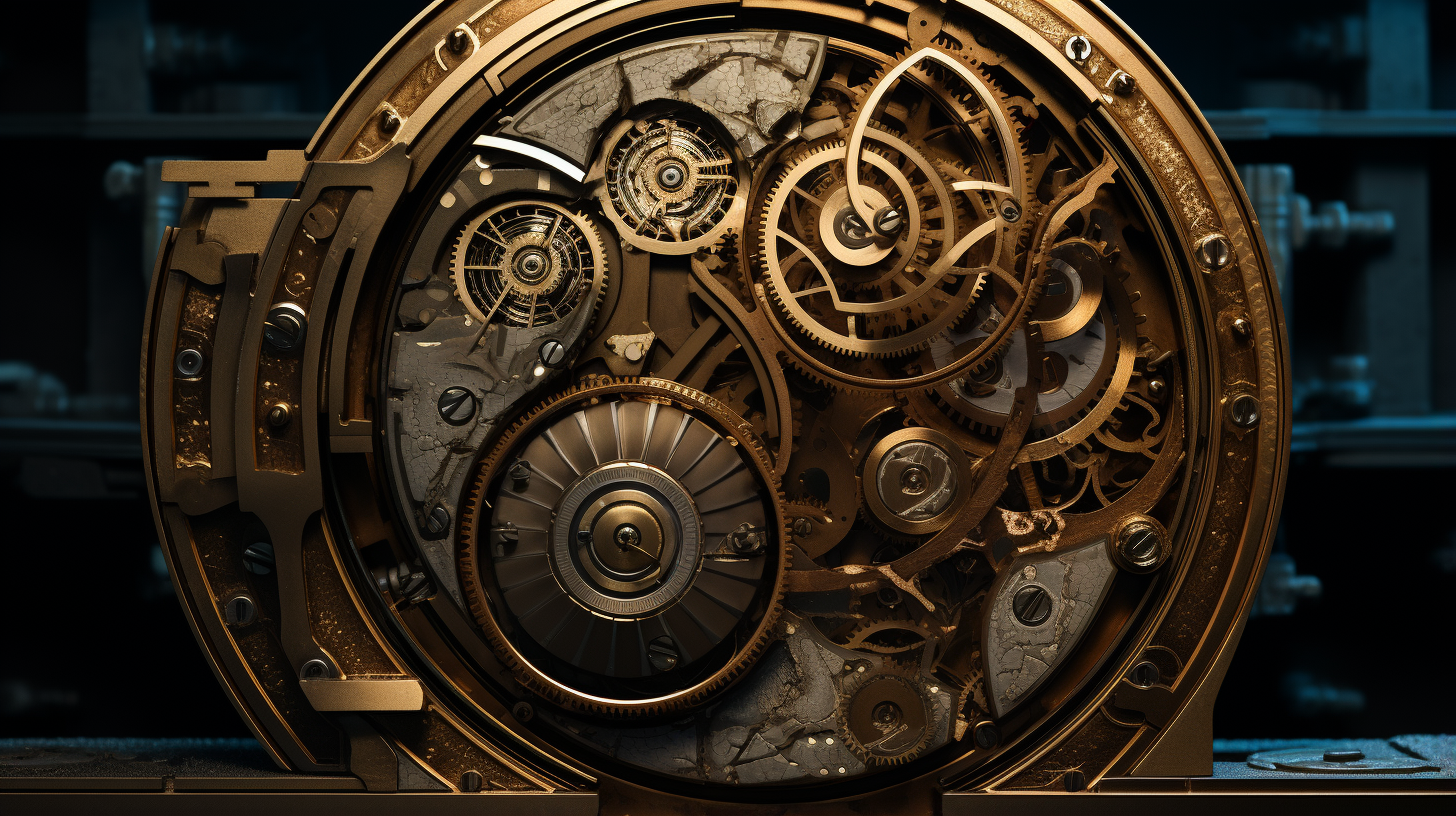Deep in the Aegean Sea, just off the coast of the serene Greek island of Antica Thera, a group of Greek divers were on a routine expedition in search of sea sponges. Little did they know that their underwater journey would lead to an extraordinary discovery that would captivate the world.
In the years 1900 to 1902, a major expedition was organized in Greece to salvage the remains of an ancient shipwreck, a Roman era trading vessel that had met its demise in the classical era.
Among the countless artifacts rescued from the depths, one enigmatic object stood out—an intricately crafted wooden and bronze box encrusted with coral. It bore an uncanny resemblance to a timekeeping device, a clock-like contraption that seemed entirely out of place in the classical world.
What made this discovery even more perplexing was the presence of gear wheels inside the bronze mechanism. Gears of this nature were entirely unknown in the classical era, sparking curiosity and intrigue among archaeologists and historians.
As the artifact made its way to the National Museum of Archaeology in Athens, experts struggled to unravel its true purpose, leaving it shrouded in mystery for over half a century.
It wasn’t until 1951 that British physicist Derek John Desola Price took up the challenge of deciphering the device. Initially, the mechanism was fragmented, with seven major pieces labeled A through G, accompanied by 75 smaller fragments.

Price meticulously reassembled the puzzle, revealing the true nature of the device, which came to be known as the Antikythera mechanism.
This ancient marvel, primarily composed of bronze and potentially housed in a wooden case with bronze plates, was about the size of a shoebox. It featured two main display faces, with the front resembling a clock face.
In June 1959, Derek Price published his findings in Scientific American, astonishing the world by declaring the Antikythera mechanism as an ancient Greek computer.
This remarkable device was an analog computer, eschewing digital technology in favor of intricate wheels and gears. Its complexity was unparalleled in its time, and it would be nearly two millennia before a similar device would resurface in the 1800s.
But the question remained: What was the purpose of this ancient Greek computer? The answer to this riddle lay hidden within the device’s inscriptions. In 2005, an international team of researchers, known as the Antikythera Mechanism Research Project, employed cutting-edge scanning technology to create a detailed 3D image of the mechanism’s inner workings.
The results were nothing short of astonishing. The X-ray tomography not only revealed the intricacies of the gear trains but also deciphered the inscriptions, essentially providing an instruction manual for the device.
It became evident that the Antikythera mechanism was designed to display the positions of the planets, the sun, the moon, and even predict lunar phases and eclipses. It was an astronomical computing device that provided a visual representation of celestial movements.
Through its gearwork, this ancient marvel mimicked the rotations of celestial bodies, offering insights into the positions of planets and the moon at any given time. It allowed the Greeks of antiquity to delve deep into the cosmos, pondering the mechanics of the universe and its predictability.
Video:
The Antikythera mechanism stands as a testament to the profound understanding and intellectual curiosity of ancient Greece. This extraordinary artifact serves as a reminder that even in the distant past, our ancestors were unlocking the mysteries of the cosmos, exploring the mechanical workings of the universe, and leaving behind a legacy of innovation and knowledge that continues to inspire us today.

22 thoughts on “The Ancient Greek Marvel: A Mysterious Device from the Depths of the Aegean”
Comments are closed.